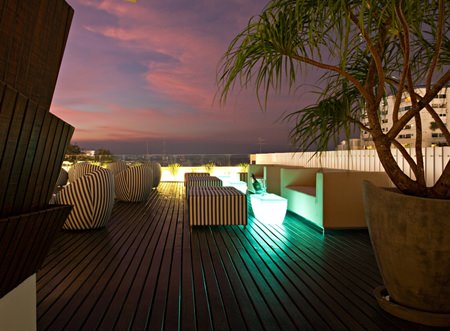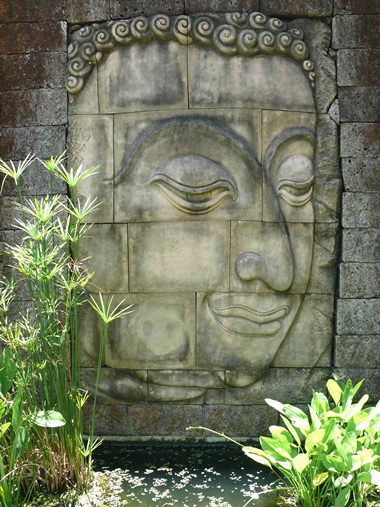How can you make your photographs stand out from everyone else’s? It’s not all that difficult, but you have to start to cultivate what I call the photographic eye.
Let’s look first at what I call a ‘record’ shot. This is not a world record, but is the image that any camera would record. Even a box Brownie! Just stand there and push the button. As Kodak used to say, they will do the rest. Photo number 1 is a classic example of a record shot. The photographer just stood there, camera in the landscape mode and click! Amount of input by the photographer? Almost zero.
 A Record shot.
A Record shot.
You see, the camera is not the be all and end all in photography. One of the most famous portrait photographers was Sir Cecil Beaton. Beaton’s first camera was a Kodak 3A folding camera. Over the course of his career, he employed both large format cameras and smaller Rolleiflex cameras[ however, many of his best portraits were taken with a Box Brownie. A Box Brownie! Hardly the epitome of cutting edge photography, even in those days.
 Portrait mode.
Portrait mode.
During the Second World War, Beaton was initially posted to the Ministry of Information and given the task of recording images from the home front. During this assignment he captured one of the most enduring images of British suffering during the war, that of three-year old Blitz victim Eileen Dunne recovering in hospital, clutching her beloved teddy bear. When the image was published, America had not yet officially joined the war – but splashed across the press in the USA, images such as Beaton’s helped push the American public to put pressure on their government to help Britain in WW II.
Famous glamour photographer Francis Giacobetti used a Contax 35 mm for his photography, including when he shot the Pirelli calendar. Large format calendar pictures taken with a small format camera. Make no mistake, the power of a photograph is not produced by the equipment. It is the way the subject matter is presented. And that is under the photographer’s control. Call it the “photographic eye”.
Now let’s look at the second shot (see pic 2). Instead of using the tired old horizontal landscape mode, the photographer thought about the shot and tried a vertical frame. It may not be a prize winning image, but at least it is better than the “record” shot.
I am not saying that good equipment is superfluous, but what I am saying is that the final judge is the human eye. How you got the photograph is incidental and even unimportant. The final picture is the only really important factor in photography.
So is the photographic eye something you are born with, or something you develop? Such semantics are beyond the confines of this article, but I believe that it is something which may come more naturally to some folk than others, but it is still a concept anyone can master.
It is worthwhile taking a few ideas on board. First, try looking at the whole picture you are about to take. Do not get so totally engrossed in the subject that you fail to see an intrusive background. “Antlers” growing out of someone’s head does not make a great photograph, unless the subject is called Rudolph.
Second, look at taking the same subject but in different formats – ‘landscape’ and ‘portrait’. Look at the lighting. Can you change it (different time of day) or illuminate it at night with flash, or even tungsten (even try car headlights). Try looking from above or below.
In other words, experiment. You never know just how the final image might look. And finally, keep a little notebook in your camera bag, jotting down any important factors in getting the image, as you may wish to try something similar later on.




